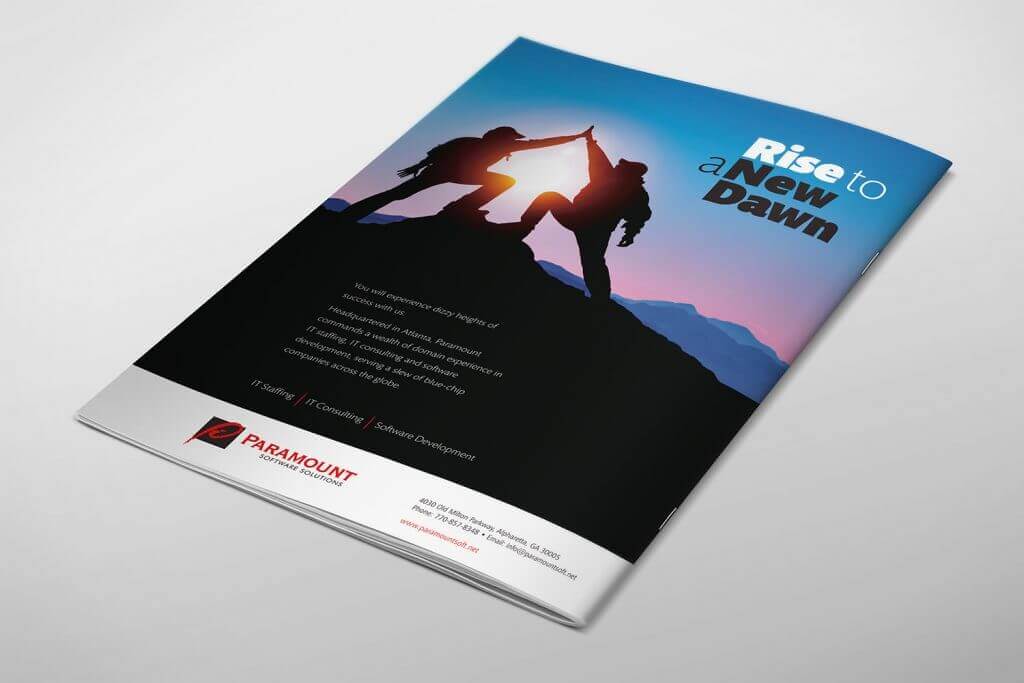A perfect campaign is a mix of all the right ingredients – WHAT, HOW, WHOM, WHEN and above all, WHY
There can be no running away from the fact that word-of-mouth is the most effective form of advertising. As marketers, we love to get people to talk about our products or services, but how many of us are actually able to create that kind of buzz?
Very few, I am afraid because buzz marketing is not just about WHAT (campaign content) is being said; but also about HOW (media channel) it is being said; to WHOM it is being said (Target Audience); WHEN is it being said (TIMING) and WHY we are saying it in the first place (Strategy).
Novelty, imagination, originality, inventiveness are all important elements of a campaign, but the most important is an astute understanding of consumer psychology, with which everything can be summed up in one punchy line, an illustration or a visual that is unforgettable.
Try to recall a TV campaign you saw last week that left a huge impression on you. It may be a print ad a TV spot, a radio jingle an outdoor billboard or an interactive mobile or web campaign, the reason you remember that ad is probably because:
• The message appealed to you
• It had great visuals that caught your eye
• It struck an emotional chord with you, or
• It was so offensive that you just can’t banish it from your mind
Sometimes, the outrage that an ad provokes also helps in the recall, but that’s not the route we recommend to all brands (More about this in our next blog, so stay tuned:) ).
In the planning, execution and placement of a high-decibel campaign, we very often deliberately choose slogans, rhymes or other rhetorical devices to make a brand memorable. Two elements are very important for consideration:
• Saliency – the campaign must make the brand stand out in the clutter
• Relevancy – the message should be relevant to the target audience we are speaking to
Let me illustrate this point with the example of the work we’ve been doing for Paramount Software, our Atlanta-based client that, despite the recessionary trends in the US market, has been doing well in IT staffing, IT consulting and software development, mainly on the strength of the quality of its manpower resources. We understood that both IT staffing and IT consulting depend on highly flirtatious knowledge workers, who can be retained only the promise of a quick rise in their career. After a lot of internal brainstorming, we gave Paramount the tagline “we keep your spirits high” crafted specifically for their TG (knowledge workers) and in the end; it generated the kind of buzz they wanted to create in the market. The visual showed a geeky woman free-falling from a bright sky but there is no fear on her face because she has the life jacket (Paramount) in place.
A creative mind requires blending a host of skills to make a memorable ad, but most of all; he/she must be able to process a bunch of information from the TG. Total understanding of the TG’s demands is very important in searching for the perfect chord that will strike music and infuse sensitivity in your work.
Although we’ve never faced this problem with Paramount, extracting a clear brief from the client is a hurdle that we are all familiar with. In such cases, it’s useful to request the client to provide you a “background” briefing or fill-out an in-house questionnaire, covering such issues as the client’s understanding of his market, target customer, competition, consumer needs and the need for communication. Ask your client this simple question:
“You have 30 seconds to make a one sentence statement about your brand. What would you say?
The idea of a unique selling proposition (USP) was championed by R. Reeves at the Ted Bates Agency in the 1950s. The moot point then, as now was to find a unique benefit of a product/service, brand and sell it. With Paramount, we realized the USP is ‘career aspirations’ and we decided to brand Paramount with lines such as
“Rise to a New Dawn
Soaring high…
Together, we can scale the summit…
Up! Up! And away!…
One partnership, endless possibilities…”
Check it out »
The client was happy because all those lines work with the TG they are after. We understood the psychology of the knowledge worker who leaves India in search of greener pastures and it was important to capture that mood of daring and risk-taking in the Paramount communication.
As our core strategy, we also tried to keep our message simple. We did not want to go overboard and get into any “paralysis through analysis.” We decided to advance purposefully in the direction we wanted to take; we knew what budget we had to work with; and we had a clear sense of how to get there. All these issues informed our media choice, established a schedule and set a timeline for execution.
We encouraged Paramount to choose print because in our understanding, print is far from dead, especially from the perspective of a knowledge worker. It is still the most credible media. It has tangibility. And it still has more integrity than all other mediums put together.
Eventually, did we create a buzz for Paramount?
You bet we did!
All the way to Atlanta!


